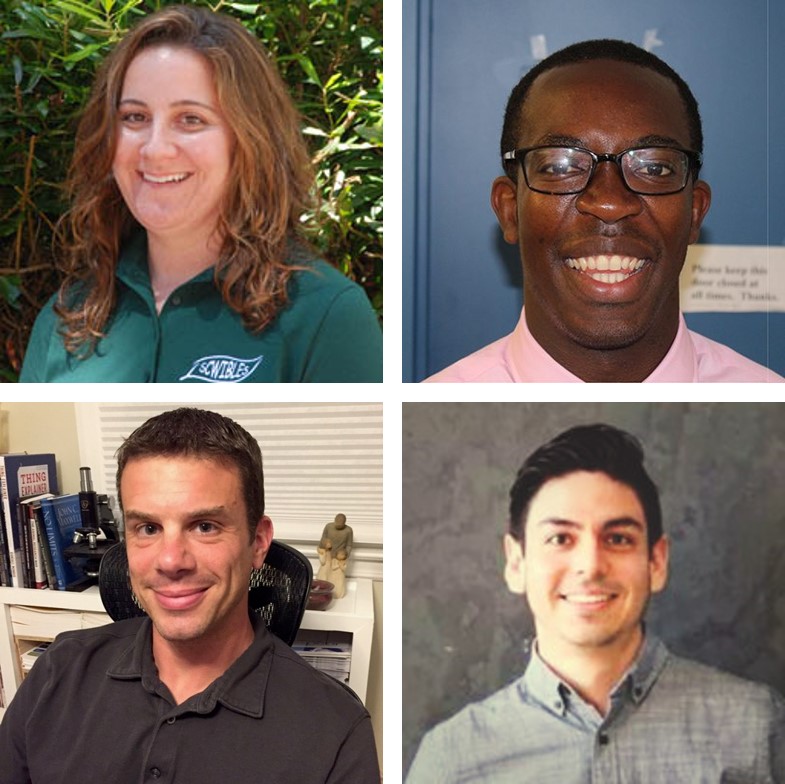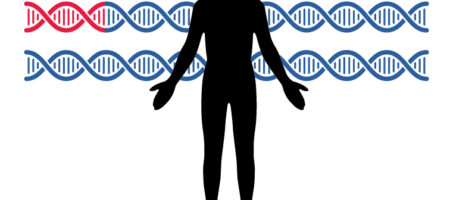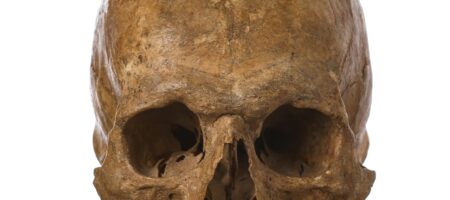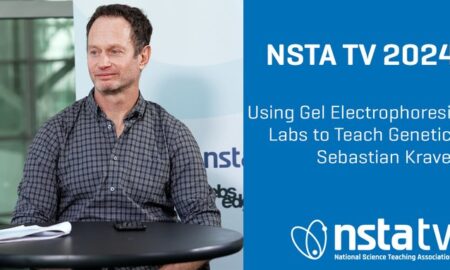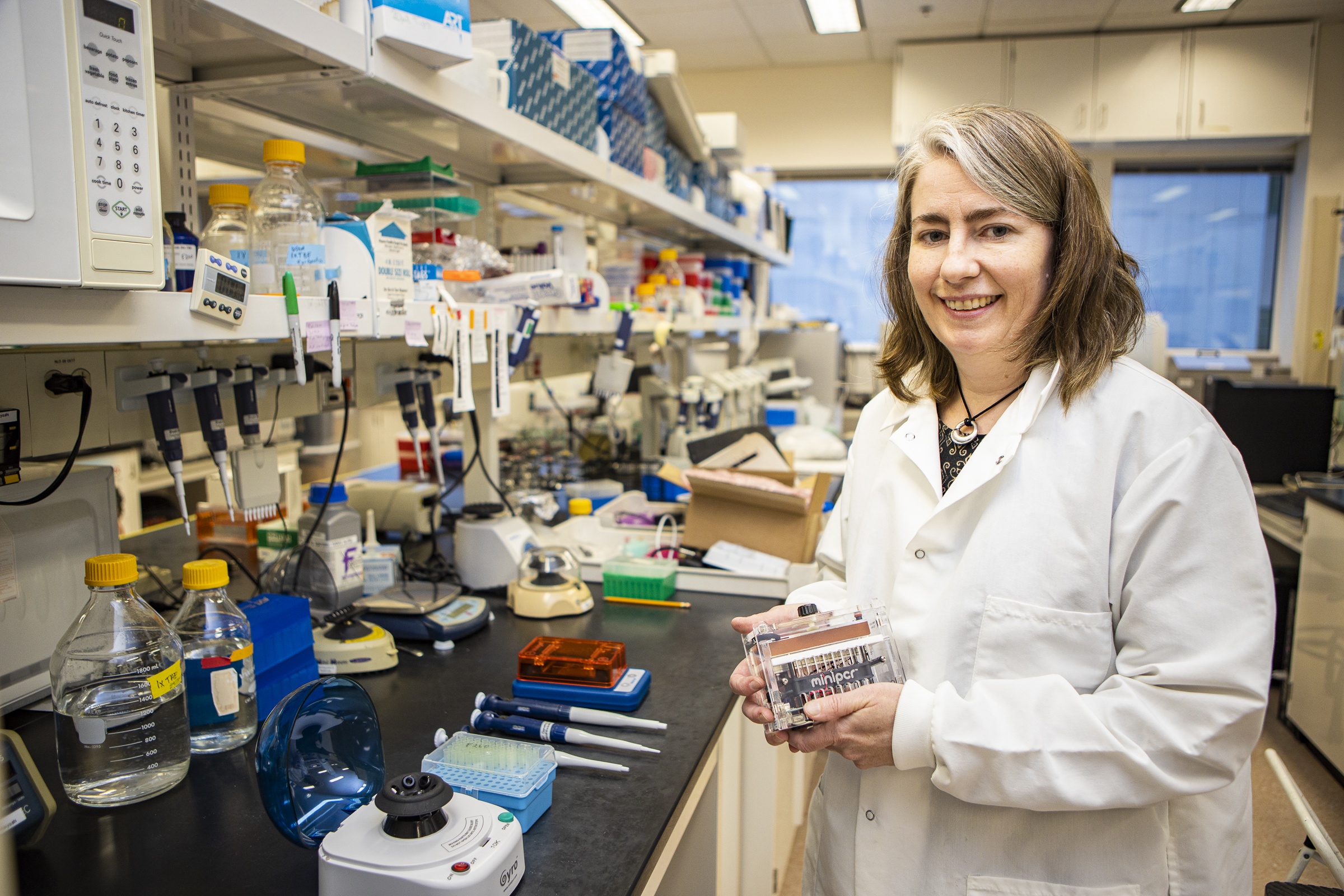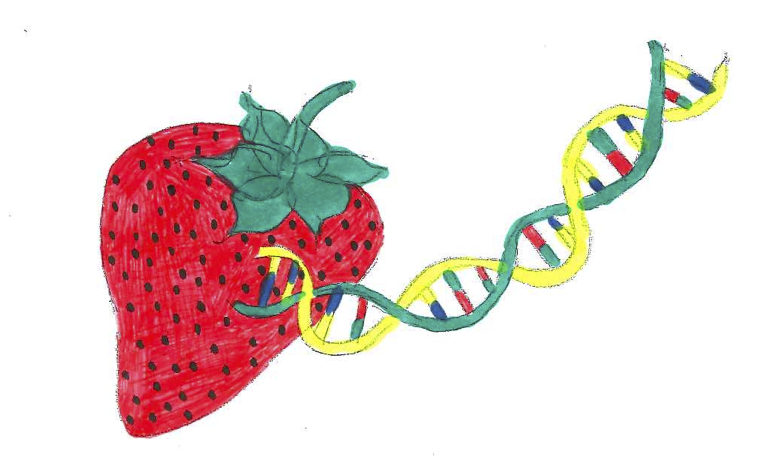Congratulations Diversity in STEM Awardees
The Diversity in STEM Award was instituted by miniPCR to celebrate champions of diversity in STEM education. Earlier this spring, we announced the first awardee, Mr. Gavin Smith. Today we’re proud to announce three additional Diversity in STEM awardees. Each one will receive $1,500 in miniPCR store credit.
We were moved and inspired by all the submissions, and we take this as an opportunity to reaffirm our commitment to diversity and to continue fostering a more representative science and technology workforce.
Omar Gandarilla, Co-Founder of Clubes de Ciencia Bolivia
“Our efforts are devoted to expanding the STEM field in Latin America, especially in Bolivia. The country lacks an educational system that encourages the curiosity and does not create an environment for discovery. Being one of the poorest countries in the region, the need to train youth in science and technology is imperative. We want to change this, giving young minds the opportunity to explore science through hands-on training with scientists from all over the world,” explains Gandarilla, a medical doctor by training who holds a research fellowship at the Beth Israel Deaconess Medical Center in Boston, MA.
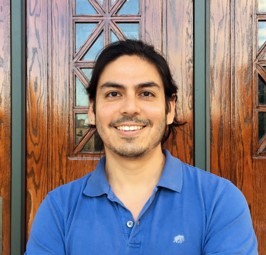
Why is diversity in STEM your passion?
“Diversity means that regardless of your race, religion, sexual preference, or political views, you can make contributions that will benefit the community and humankind. Using science as the tool that has as only objective improve our lives and the lives of others that live in this
planet.”
How can STEM education impact your community?
“The connection that was generated after the interaction between the instructors and students was sufficient to spark the future Bolivian scientists. Our 800 students so far are extremely promising, some of them creating apps, startups, competing for scholarships around the world and even participating in NASA challenges. This award will help us open a whole new course in cell biology in our next version of Clubes.”
To learn more about Clubes de Ciencia Bolivia and their work in STEM education, visit their website.
Erin Mejia, teacher at Watsonville High School, CA
“I teach Biology and Biotechnology at Watsonville High School. I have been a teacher here for 18 years. 78% of the students at my school qualify for free and reduced lunch, 32.5 % of our students are English Learners (EL), while 53% of our students have been Redesignated as Fluent English Procient (RFEP). 97% are minority students and 96.2% are Latino.”

Why is diversity in STEM your passion?
“I was born and raised in Watsonville, and am a graduate of Watsonville High. I attended UCSD and earned a degree in Biochemistry and Cell Biology, while working in pharmaceutical research. I have also worked with UCSC doctoral candidates to learn about and help with their research. I have also worked in marine mammals genetic testing. The reason I am telling you about myself, is because I believe that all kids deserve a high quality education. There is so much potential in my school, but do not often see college as a viable option. I want to pass on my experiences and share my passion to inspire students in order to help them build their confidence in STEM fields.“
How can STEM education impact your community?
“I am working with our community to teach students the skills needed to work in well paying, biotech fields in our area. Students are learning that there is more to farming than just harvesting. […] I am currently integrating more Ag. Biotech. into my curriculum since we live in a large farming community. I am currently working with farmers, scientists and safety specialists to design labs to incorporate Biotechnology that is being performed within our community.”
To learn more about Watsonville High School, visit their website.
David Garbe, Outreach Educator at Pennsylvania Society for Biomedical Research (PSBR)
“As a statewide organization, we interact with and instruct a wide variety of student demographics in Pennsylvania. For example, many of our programs are utilized by low-income or minority student populations within inner cities such as Philadelphia. On the other hand, we also reach equally-under-served students in rural communities from the central part of the state. Each location has its own unique challenges and circumstances that limit access to current, real-world, high-quality, engaging STEM education. We embrace this diversity and offer informal science instruction that engages a broad spectrum of student populations.”
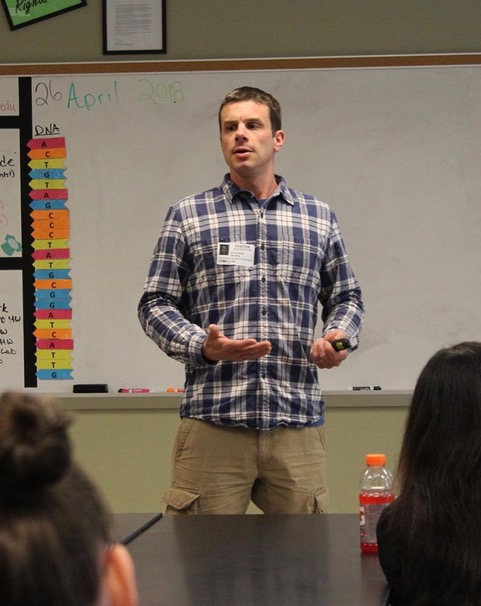
Why is diversity in STEM your passion?
“It begins with a personal story. Form the ages of 12 to 18, I lived in a small rural town in New York – and when I say “small”, I mean tiny. Narrowsburg had a population of approximately 1,500 people and all students, kindergarten through 12th grade, were housed in the same school. Don’t get me wrong… I love my hometown and wouldn’t change my youth for the world. However, upon entering college, it soon became apparent that my educational experience was lacking. I missed numerous academic opportunities simply by living in such a small community. I quickly realized that my classmates and I did not have access to equipment and technology that would advance our education.
“Thankfully, despite these deficiencies, I survived college. After college, I began working as a scientist and became entrenched in the fast-paced, high-tech world of biomedical research. During this time, I lost touch with that feeling of being ill-prepared due to a lack of resources. However, when I started as the Outreach Educator of PSBR, it once again became apparent that many students were STILL missing out on quality educational experiences. My eyes were re-opened to the imbalance of the “have’s” and “have nots”. The more I became entrenched in the world of informal science instruction, I noticed that educational inconsistencies are not simply about rural versus urban, but large gender and racial divides existed as well.
How can STEM education impact your community?
“If you provide underprivileged students with exposure to real-world science, you can, and will, have an impact on their attitudes toward and perception of these STEM-related professional careers. Since joining PSBR, I have made it a priority to provide ALL students with access to high-quality, meaningful science experiences. I expose students, both in rural and urban environments, to novel biomedical research and various career options in this field.
“This award can support and improve the quality, feature-sets, and ultimately the impact, of our programs. Specifically, I am interested in procuring equipment that would support a newly designed lesson aimed at exposing students to real-world scientific techniques, bioinformatics, and evolution. This lesson requires access to advanced, high-quality molecular biology equipment including thermal cyclers and gel electrophoresis equipment.
“The mission of our organization is to educate the public, with an emphasis on K-16 students and teachers, about the importance of biomedical research and the vital role that research plays in improving the quality of both human and animal health. We are committed to developing innovative educational programs and exciting hands-on activities designed to develop 21st century skills and prepare students for post-secondary education and professional careers. We strive to educate younger generations about the importance of biomedical research and how medical breakthroughs impact their lives every day.”
To learn more about the Pennsylvania Society for Biomedical Research, visit their website.
Gavin Smith, Science Teacher at John D. O’Bryant School of Math and Science
Read about Mr. Gavin Smith’s work here.
— Congratulations, Omar, Erin, Gavin, and David! We’re very proud of your work.
